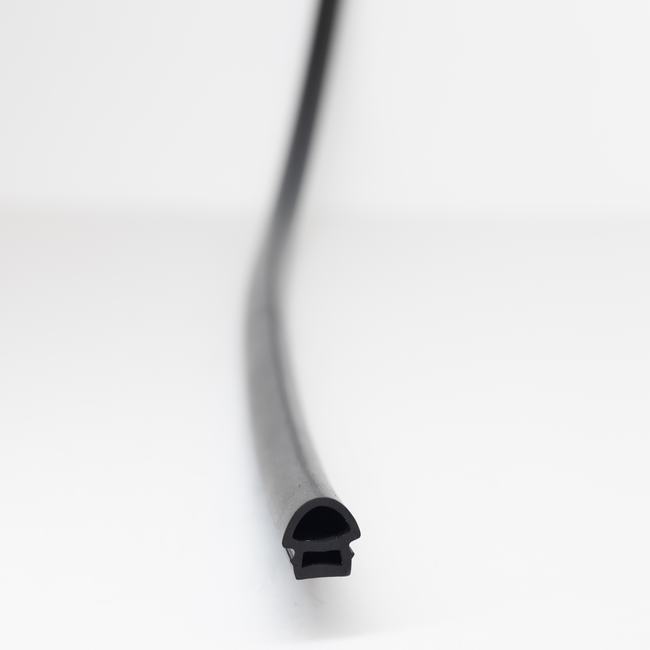Dilatation seals, also known as expansion joints or expansion seals, are essential components used in various engineering and construction applications to accommodate the movement, expansion, contraction, and vibration of structures and systems. These seals play a crucial role in maintaining the structural integrity and operational efficiency of a wide range of infrastructures and equipment by mitigating the stresses and strains that arise from temperature fluctuations, seismic activity, settling, and dynamic loads.
Here is a comprehensive description of dilatation seals:
1. Purpose and Function:
Dilatation seals serve as flexible connectors or barriers within a system or structure, allowing controlled movement while preventing the transmission of forces and fluids. Their primary functions include:
- Expansion and Contraction: Dilatation seals accommodate thermal expansion and contraction, which occur due to temperature variations, preventing the formation of stresses and cracks in structures.
- Vibration Damping: In machinery and industrial equipment, these seals absorb and dampen vibrations to protect surrounding components and reduce noise levels.
- Seismic Isolation: In earthquake-prone regions, dilatation seals help absorb and distribute seismic forces, safeguarding buildings and infrastructure from damage.
- Flexibility: They provide flexibility for structures and systems like bridges, pipelines, and buildings, allowing them to adapt to shifting loads and movements without damage.
2. Types of Dilatation Seals:
Dilatation seals come in various types, each designed for specific applications. Some common types include:
- Expansion Joints: Used in buildings, bridges, and pipelines to accommodate thermal expansion and contraction.
- Bellows Expansion Joints: Ideal for conveying fluids or gases in pipelines and ducts, absorbing axial, lateral, and angular movements.
- Rubber and Elastomeric Joints: Used for vibration damping in machinery and equipment.
- Modular Expansion Joints: Suitable for large bridges and roadways to handle heavy traffic loads and seismic forces.
- Seismic Expansion Joints: Designed to withstand strong earthquakes while allowing controlled movement.
3. Materials and Construction:
Dilatation seals are constructed using a variety of materials, depending on their application and the environment in which they will be used. Common materials include:
- Metallic Alloys: Stainless steel, carbon steel, and other alloys for durability and resistance to corrosion.
- Rubber and Elastomers: Natural or synthetic rubber materials for their flexibility and vibration damping properties.
- PTFE (Polytetrafluoroethylene): Used for its low-friction and chemical resistance properties.
- Composite Materials: A combination of different materials to achieve specific performance characteristics.
4. Installation and Maintenance:
Proper installation and maintenance are crucial for the effective performance and longevity of dilatation seals. Installation must follow manufacturer guidelines, and routine inspections should be conducted to check for wear and tear. Maintenance may include cleaning, lubrication, and, in some cases, seal replacement.
5. Applications:
Dilatation seals find application in various industries and settings, including:
- Building Construction: Bridges, high-rise buildings, stadiums, and parking structures.
- Industrial Equipment: Piping systems, power plants, petrochemical facilities, and HVAC systems.
- Transportation: Roadways, railways, and airports.
- Infrastructure: Dams, tunnels, and wastewater treatment plants.
- Energy Sector: Gas and oil pipelines, nuclear power plants, and renewable energy installations.
In conclusion, dilatation seals are vital components in engineering and construction, providing flexibility and protection to structures and systems, enhancing safety, and extending the lifespan of various infrastructures and equipment. Their design, materials, and installation methods are tailored to specific applications, ensuring optimal performance and longevity.









